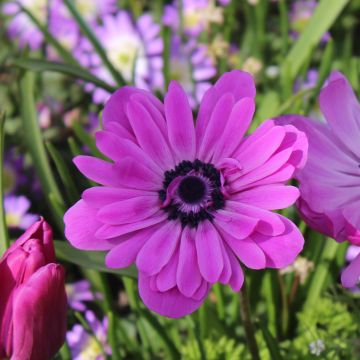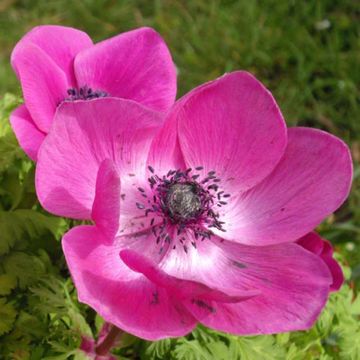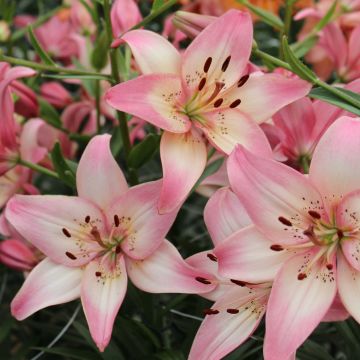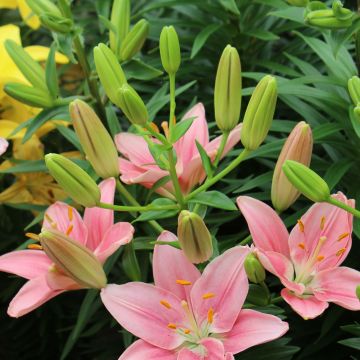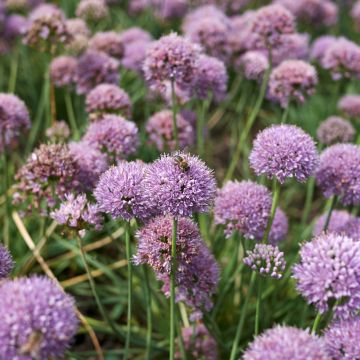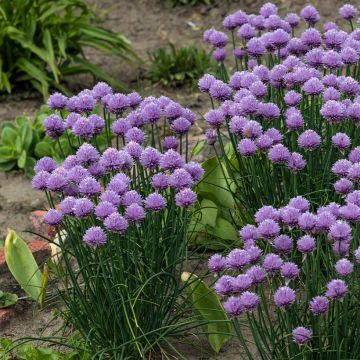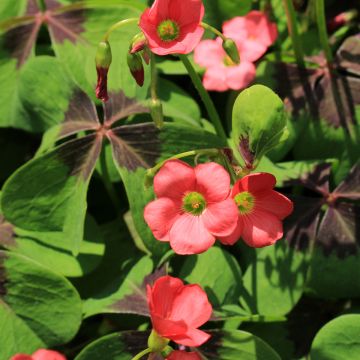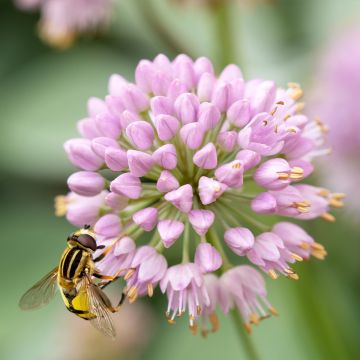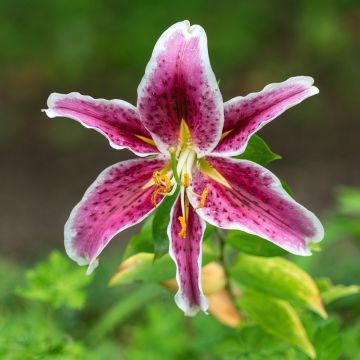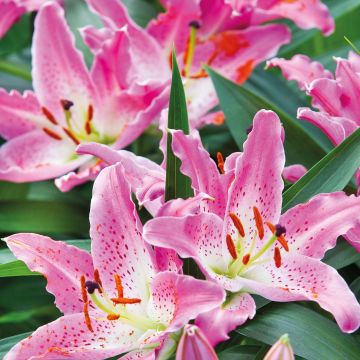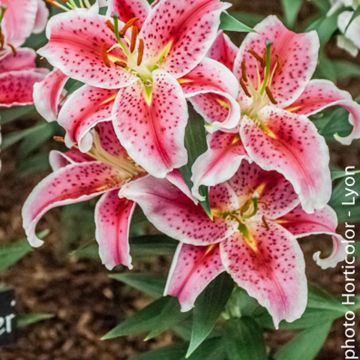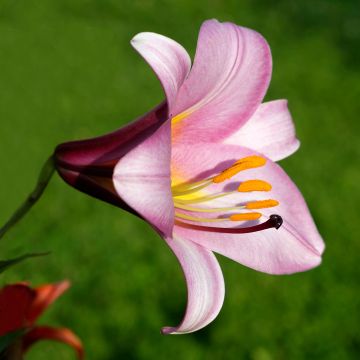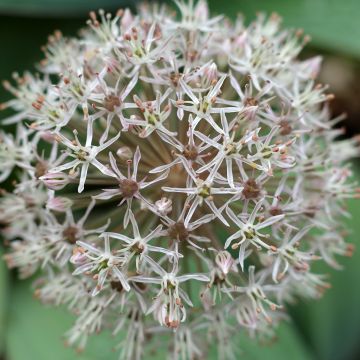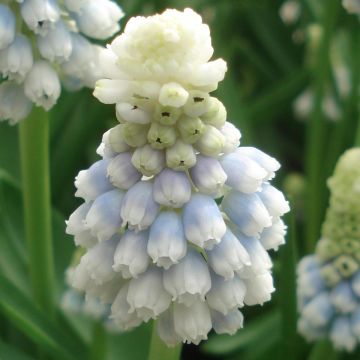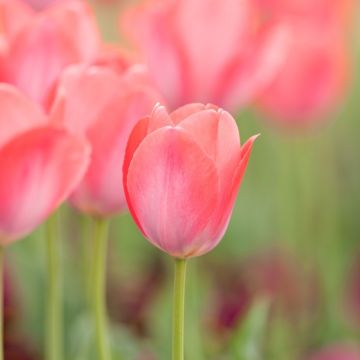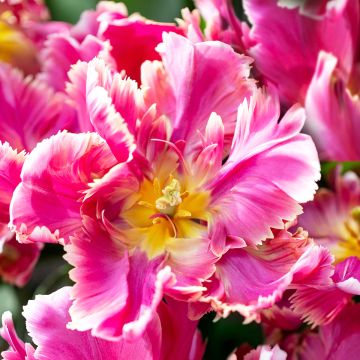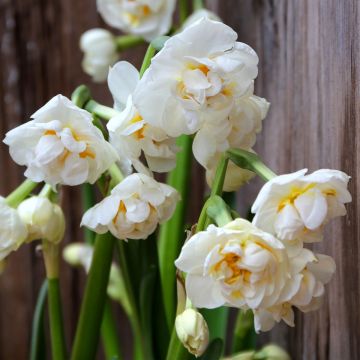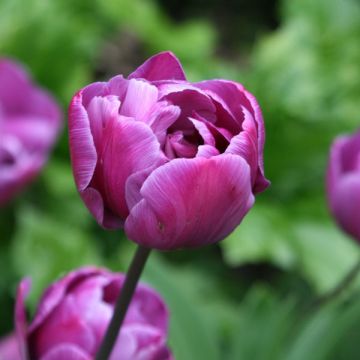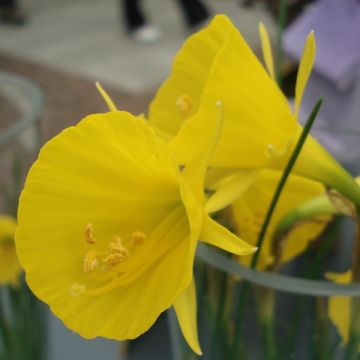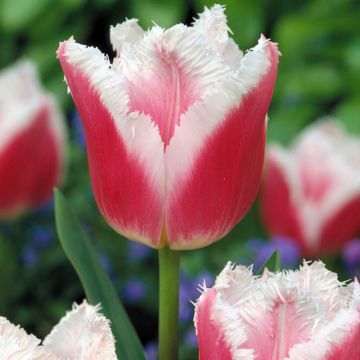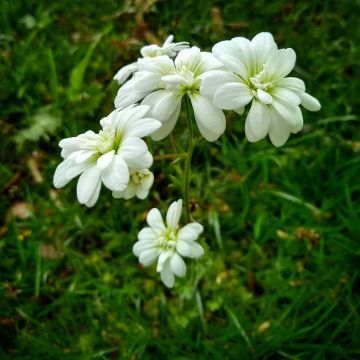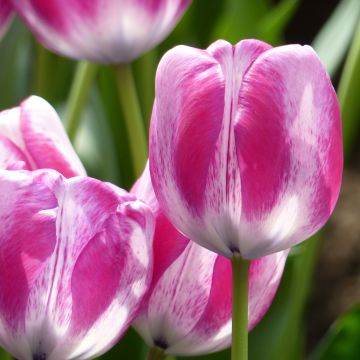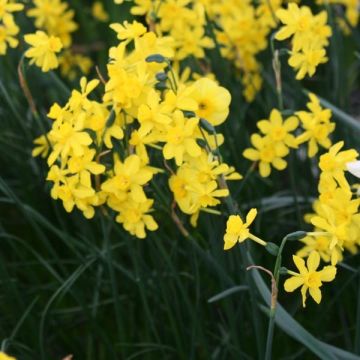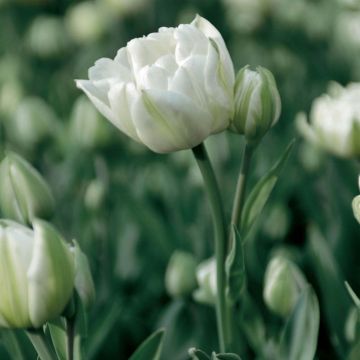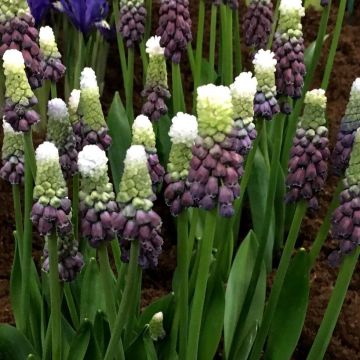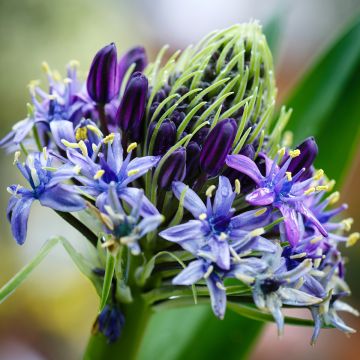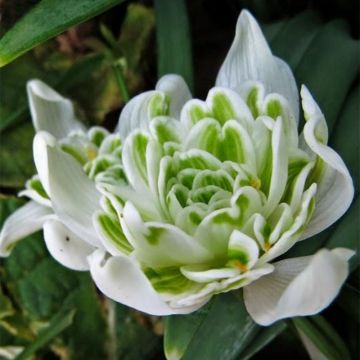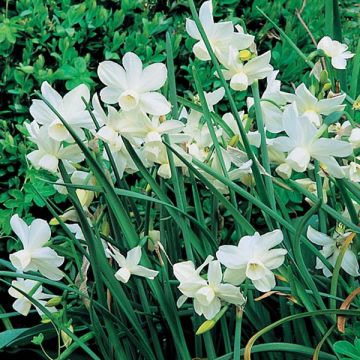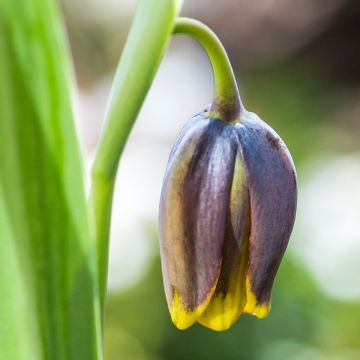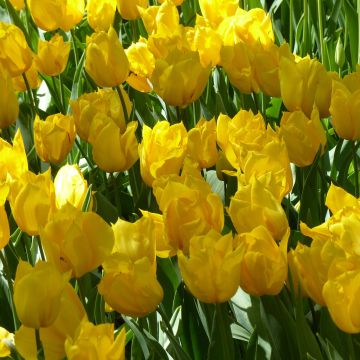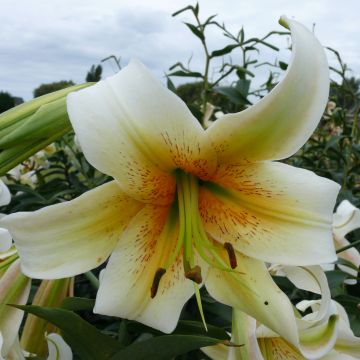Plantfit
Log in / Register
Existing customer?
New customer?
Create an account to track your orders, access our customer service and, if you wish, make the most of our upcoming offers.
My Account
Hello
Shipping country and language
Your country of residence may be:
For a better user experience on our website, you can select:
Your shipping country:
Andorra
Austria
Belgium
Bulgaria
Croatia
Czechia
Denmark
Estonia
Finland
France
Germany
Greece
Hungary
Iceland
Ireland
Italy
Latvia
Lithuania
Luxembourg
Monaco
Netherlands
Poland
Portugal
Romania
Slovakia
Slovenia
Spain
Sweden
Switzerland
Language:
French
English
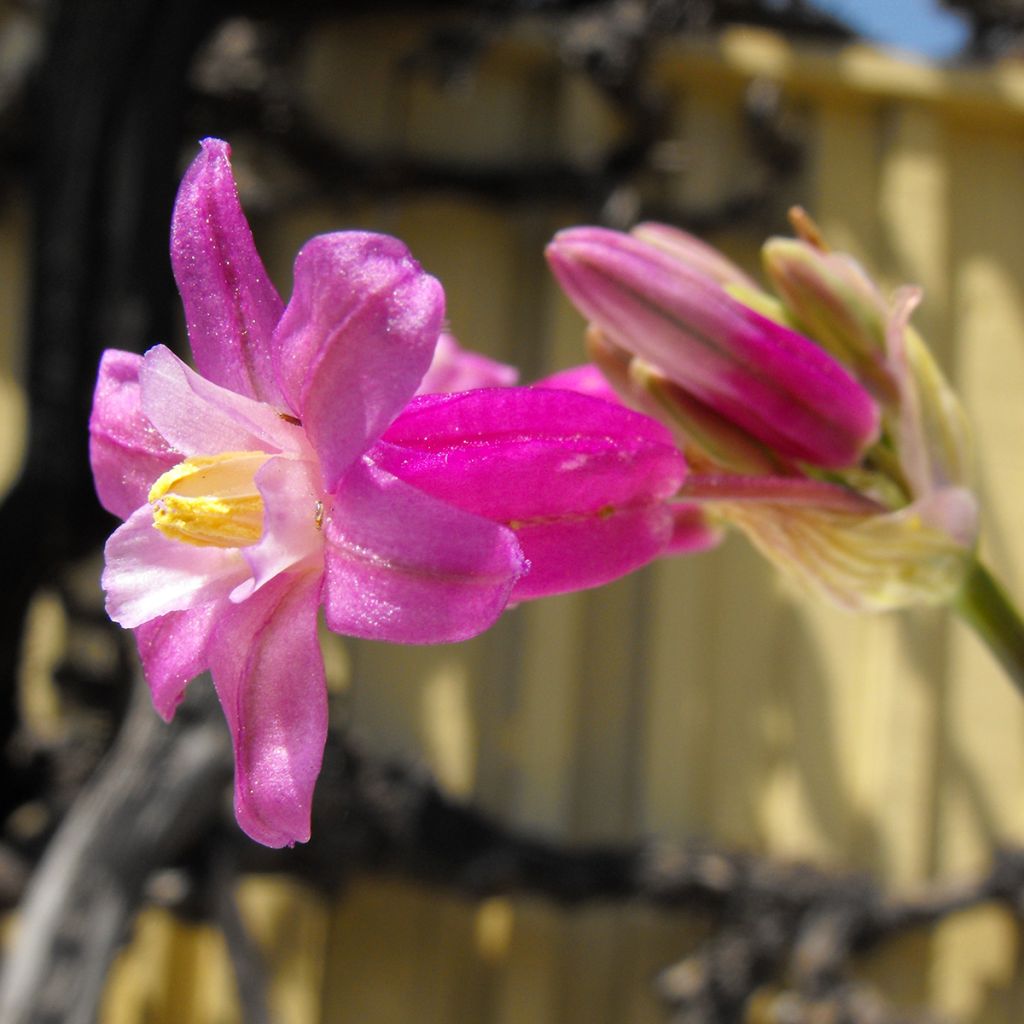

Dichelostemma congestum Pink Diamond
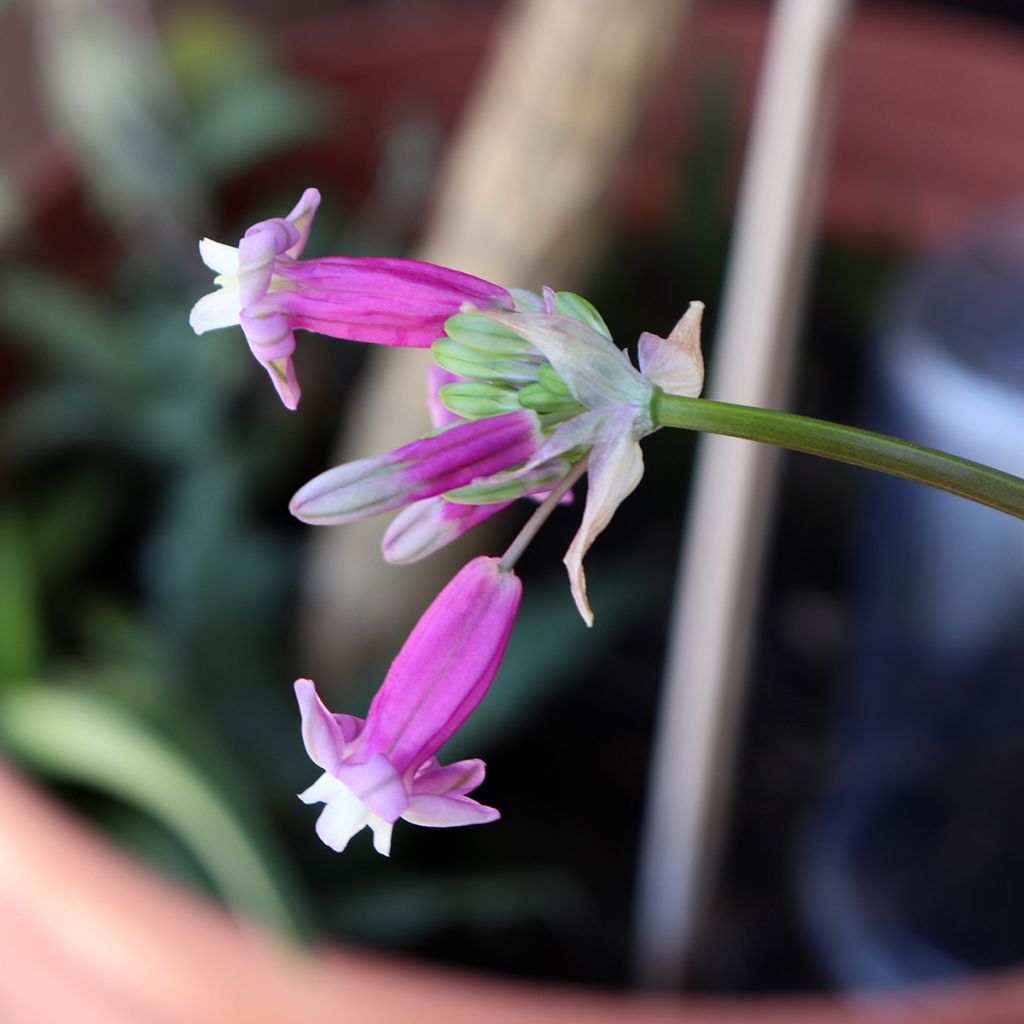

Dichelostemma congestum Pink Diamond
Dichelostemma ida-maia x multiflorum Pink Diamond
Dichelostemma ida-maia x multiflorum Pink Diamond
Order in the next for dispatch today!
Dispatch by letter from €3.90.
Delivery charge from €5.90 Oversize package delivery charge from €6.90.
More information
This item is not available in your country.
Select delivery date,
and select date in basket
This plant carries a 6 months recovery warranty
More information
We guarantee the quality of our plants for a full growing cycle, and will replace at our expense any plant that fails to recover under normal climatic and planting conditions.
From €5.90 for pickup delivery and €6.90 for home delivery
Non-EU destinations: delivery charges according to weight of consignment. .
Express home delivery from €8.90.
Does this plant fit my garden?
Set up your Plantfit profile →
Description
Dichelostemma ida-maia 'Pink Diamond' is a rare bulbous plant that flowers in late spring. It spends its dormant period in dry, well-drained soil. It presents clusters composed of incurved, dark pink tubular flowers with white edges. The flowering is graceful and long-lasting. The elegant foliage emerges from the ground in winter and dries up right after flowering. When planted in loose and well-drained soil, the plant spreads out over time, forming a bush. Plant it in a raised bed or a rockery that is sunny for at least part of the day. The key to its growing success is perfectly well-drained soil that is quite dry in winter and after flowering.
Dichelostemma ida-maia 'Pink Diamond' is a horticultural hybrid resulting from the cross-breeding between D. ida-maia and D. multiflorum. Both of these botanical species belong to the Asparagaceae family. They are perennial herbaceous plants with bulbs, native to California and Oregon. It thrives naturally in a Mediterranean-like climate, with mild and humid winters and dry summers. Its growth is theoretically winter-based. It starts again in autumn in mild climates, but in spring everywhere else. Its foliage consists of 2 long green leaves that resemble those of certain grasses. It turns yellow at the time of flowering, which occurs in May or June-July, depending on the climate and region. Dichelostemma bulbs thrive in light and well-drained soil that is moist during the growth and flowering period, then drier until early autumn. They are usually planted in autumn, like crocuses and tulips. Although their resistance to cold is moderate (-7 to -8°C (19.4 to 17.6°F)), it is wise to protect them with a thick mulch in winter outside of mild regions. Bulbs can rot if the soil is too wet after flowering. Wet and frozen soil is also deadly for the bulbs.
Dichelostemma ida-maia 'Pink Diamond' will reach about 60cm (24in) in height when in flower. The flowering lasts 3 to 4 weeks in late spring or early summer. Slender, rush-like stems emerge from the bulb. They bear a dense umbel-shaped inflorescence. Each umbel is composed of several pendulous tubular flowers. Each dark pink flower, measuring 7 to 9cm (3 to 4in) long, is formed by a tube made up of 6 fused sepals, which flare and curve at their ends to reveal a pale-pink to white interior. A small corolla of cream-white petals emerges from this tube. The plant multiplies by forming bulb offsets.
Dichelostemma ida-maia 'Pink Diamond' can be grown in pots, which means it can be protected from extreme cold and excessive humidity, both in winter and summer. In the ground, it can be placed in a well-drained bed, behind low plants or dwarf bushes, or in a rock garden with a good pocket of potting soil. This extraordinary bulbous plant is ideal for bridging the gap between spring bulbs and summer flowers. It pairs well with perennial geraniums, alchemillas, catmints, stipa, and perennial flax. Thulbagias (cormous South African plants with pink or violet flowers), variegated alstroemerias, and ixias are also good companions.
Plant habit
Flowering
Foliage
Botanical data
Dichelostemma
ida-maia x multiflorum
Pink Diamond
Liliaceae
Cultivar or hybrid
Planting and care
Dichelostemma ida-maia 'Pink Diamond' is hardy to -8°C (17.6°F) in well-drained soil that is not too wet in winter. It doesn't like too much competition from other plants. Plant it in an open, sunny and sheltered spot. In cold regions, grow it in a pot or protect the bulbs in winter by covering with a thick mulch that will insulate the bulbs from the cold and excessive humidity. It likes very well-drained, light, sandy soils that are moist during its growth and flowering period, but drier in summer after flowering. In mild regions, its vegetation starts in autumn. The plant benefits from moist soil and mild temperatures to start. It is quite indifferent to the soil's pH, which can be slightly acidic, neutral or slightly alkaline. If the clumps become too dense after 2 or 3 years, separate the small bulbs produced on the periphery. Do this during the resting period, after flowering.
Planting period
Intended location
Care
This item has not been reviewed yet - be the first to leave a review about it.
Haven't found what you were looking for?
Hardiness is the lowest winter temperature a plant can endure without suffering serious damage or even dying. However, hardiness is affected by location (a sheltered area, such as a patio), protection (winter cover) and soil type (hardiness is improved by well-drained soil).

Photo Sharing Terms & Conditions
In order to encourage gardeners to interact and share their experiences, Promesse de fleurs offers various media enabling content to be uploaded onto its Site - in particular via the ‘Photo sharing’ module.
The User agrees to refrain from:
- Posting any content that is illegal, prejudicial, insulting, racist, inciteful to hatred, revisionist, contrary to public decency, that infringes on privacy or on the privacy rights of third parties, in particular the publicity rights of persons and goods, intellectual property rights, or the right to privacy.
- Submitting content on behalf of a third party;
- Impersonate the identity of a third party and/or publish any personal information about a third party;
In general, the User undertakes to refrain from any unethical behaviour.
All Content (in particular text, comments, files, images, photos, videos, creative works, etc.), which may be subject to property or intellectual property rights, image or other private rights, shall remain the property of the User, subject to the limited rights granted by the terms of the licence granted by Promesse de fleurs as stated below. Users are at liberty to publish or not to publish such Content on the Site, notably via the ‘Photo Sharing’ facility, and accept that this Content shall be made public and freely accessible, notably on the Internet.
Users further acknowledge, undertake to have ,and guarantee that they hold all necessary rights and permissions to publish such material on the Site, in particular with regard to the legislation in force pertaining to any privacy, property, intellectual property, image, or contractual rights, or rights of any other nature. By publishing such Content on the Site, Users acknowledge accepting full liability as publishers of the Content within the meaning of the law, and grant Promesse de fleurs, free of charge, an inclusive, worldwide licence for the said Content for the entire duration of its publication, including all reproduction, representation, up/downloading, displaying, performing, transmission, and storage rights.
Users also grant permission for their name to be linked to the Content and accept that this link may not always be made available.
By engaging in posting material, Users consent to their Content becoming automatically accessible on the Internet, in particular on other sites and/or blogs and/or web pages of the Promesse de fleurs site, including in particular social pages and the Promesse de fleurs catalogue.
Users may secure the removal of entrusted content free of charge by issuing a simple request via our contact form.
The flowering period indicated on our website applies to countries and regions located in USDA zone 8 (France, the United Kingdom, Ireland, the Netherlands, etc.)
It will vary according to where you live:
- In zones 9 to 10 (Italy, Spain, Greece, etc.), flowering will occur about 2 to 4 weeks earlier.
- In zones 6 to 7 (Germany, Poland, Slovenia, and lower mountainous regions), flowering will be delayed by 2 to 3 weeks.
- In zone 5 (Central Europe, Scandinavia), blooming will be delayed by 3 to 5 weeks.
In temperate climates, pruning of spring-flowering shrubs (forsythia, spireas, etc.) should be done just after flowering.
Pruning of summer-flowering shrubs (Indian Lilac, Perovskia, etc.) can be done in winter or spring.
In cold regions as well as with frost-sensitive plants, avoid pruning too early when severe frosts may still occur.
The planting period indicated on our website applies to countries and regions located in USDA zone 8 (France, United Kingdom, Ireland, Netherlands).
It will vary according to where you live:
- In Mediterranean zones (Marseille, Madrid, Milan, etc.), autumn and winter are the best planting periods.
- In continental zones (Strasbourg, Munich, Vienna, etc.), delay planting by 2 to 3 weeks in spring and bring it forward by 2 to 4 weeks in autumn.
- In mountainous regions (the Alps, Pyrenees, Carpathians, etc.), it is best to plant in late spring (May-June) or late summer (August-September).
The harvesting period indicated on our website applies to countries and regions in USDA zone 8 (France, England, Ireland, the Netherlands).
In colder areas (Scandinavia, Poland, Austria...) fruit and vegetable harvests are likely to be delayed by 3-4 weeks.
In warmer areas (Italy, Spain, Greece, etc.), harvesting will probably take place earlier, depending on weather conditions.
The sowing periods indicated on our website apply to countries and regions within USDA Zone 8 (France, UK, Ireland, Netherlands).
In colder areas (Scandinavia, Poland, Austria...), delay any outdoor sowing by 3-4 weeks, or sow under glass.
In warmer climes (Italy, Spain, Greece, etc.), bring outdoor sowing forward by a few weeks.
